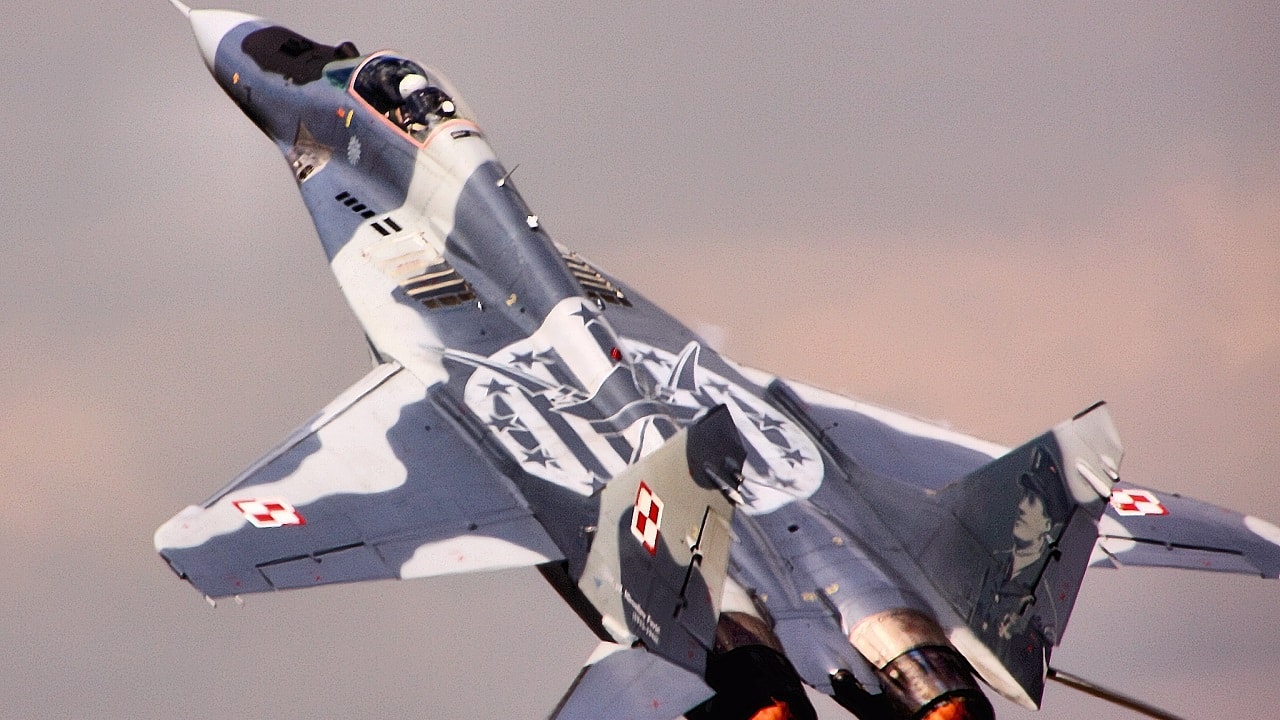The Biden administration’s objections to the transfer of MiG-29s from Poland to Ukraine have been perplexing to many commentators and analysts, as have their purported explanations.
The latest of which, supposedly from the DoD, was that the transfer of the aircraft would have little effect and be too provocative. MiG-29s wouldn’t be helpful? Really?
And yet, these arguments have been rejected by many generals and experts who believe these MiG-29 aircraft could make a difference in the ability of Ukraine to defend itself, and see little escalatory difference from the weapons we are currently providing.
In fact, Ukraine, with its current force of fifty-six MiGs has indicated that the 50% increase this would represent will help them achieve a critical mass necessary to combat the Russians.
Not Just MiG-29s: Why Joe Biden Isn’t Helping Ukraine As Much as He Could
But the truth is the administration has been providing only limited support for quite some time.
Even back in November before the invasion, when they were warning vociferously of it, Ukraine’s request for Harpoon anti-ship missiles was denied, with which it could have defended its ports.
More recently, the administration has balked at a ban on Russian oil, only agreeing to it under pressure from House Democrats.
So why is the Administration throwing Ukraine under the proverbial bridge and giving these tepid explanations?
Maybe, because it has something that it wants far more, and it needs the Russians for it. Maybe, it’s the new Iran nuclear deal. And, the White House wants it so badly, it is willing to placate Russia on Ukraine by blocking the transfer.
Note that the transfer of an array of weapons to Ukraine has received vast and rare bi-partisan support through the recent passage of the funding bill, with $13.6 billion in aid.
Likewise, senators and congressmen from both parties have called for the transfer of these fighters, as well as other arms.
But the administration keeps coming up with excuses, first signaling it endorsed the transfer but blaming Poland for the delay, and then upon having their hands forced when Poland offered to fly the planes to Ramstein Air Base and turn them over to the US, came the latest explanations. Supposedly from DOD.
This makes us look spineless, disorganized, and without resolve, when it is increasingly clear NATO is capable of crushing Russia.
It makes us look afraid.
But, it does inspire the Russians to press further. And given this confusion, it’s time for the administration to be honest as to what is important to them. Currently, it doesn’t appear to be Ukraine.
Forget the questionable decision to continue relying on the Russians as mediators in our negotiations with Iran. Our legislators need to know the administration’s true priorities, as well as the other NATO members, so we don’t look indecisive in this war.
It only signals weakness to the rest of the world, including China.
And not all of it needs to be shared publically, like virtually everything else that has been shared about what we will not be willing to do.
Notice that Putin acts, then he tells you what he wants, and he does so with a hammer.
He doesn’t ask permission.
We may wish to consider the same strategy because he has been out-maneuvering and out-bluffing us and because NATO appears paralyzed.
Beyond the MiG-29 Fiasco
But before we do that, we need to be in agreement as to what our priorities are.
Personally, I think we owe it to Ukraine, we got them to divest of their nukes with an implicit promise of protection; without that, this would probably not have occurred. And they are fighting courageously and our words and principles matter.
But I am not in a position to make policy, it is our administration, NATO, and our legislature. And the question is how do we want to define ourselves?
Because this is not the only threat or challenge that the US or NATO will likely confront.
Dr. James Refalo is a Professor at Cal State University Los Angeles and a former Surface Warfare Officer in the U.S Navy.

